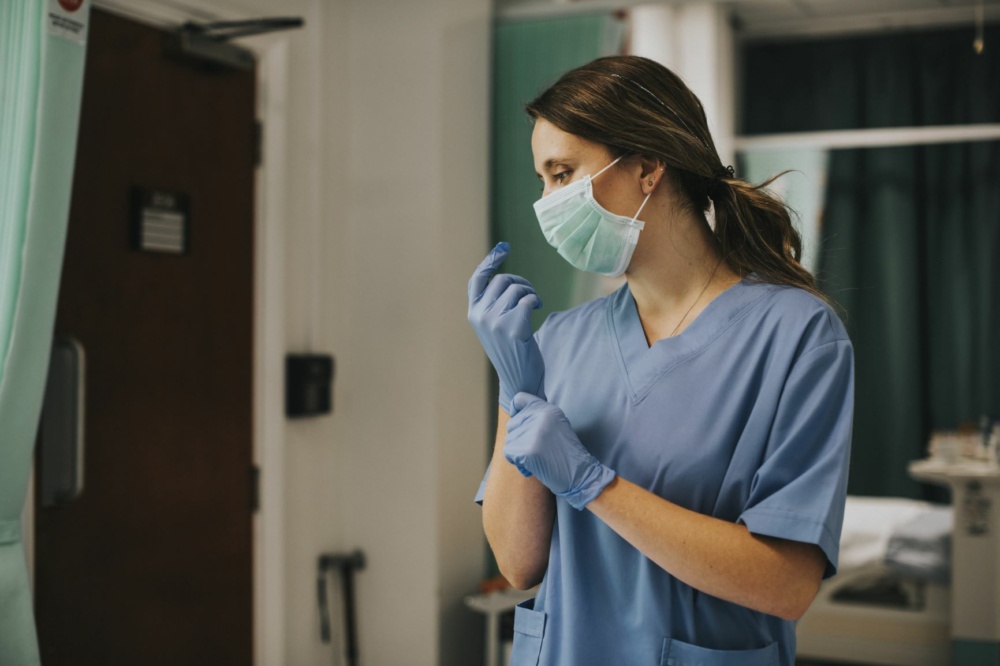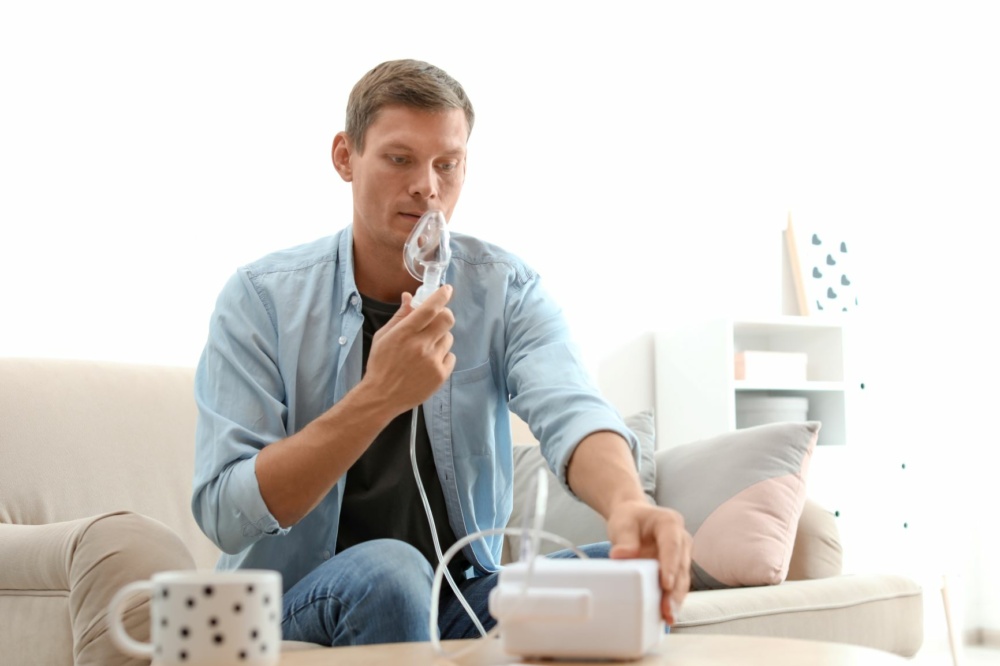Air Circulation and COVID-19: Why You Should Be Wearing a Mask in Large Indoor Spaces
The function of the modern ventilation and heating systems (HVAC) of large buildings is keeping temperatures uniform and comfortable. Office buildings, schools, transportation terminals, arenas and large indoor spaces where people gather need to be heated and cooled properly, but these same HVAC systems that keep people comfortable indoors also have a downside. Optimal performance of the system means that the indoor air is being circulated throughout the space, as well as to other rooms in the building. This system works perfectly to spread airborne contaminants and viruses — including COVID-19 — to all the occupants. This is the reason why wearing a protective mask indoors is so important.
Air Circulation
Large indoor spaces where people may gather in large numbers have ventilation systems that mix the air together with all the airborne aerosols that are exhaled by the people present. Windows, doors, vents, and fans are placed strategically throughout a building to promote the best airflow possible. The mixture of the exhaled air from everyone is then breathed in again – by everyone. During the age of COVID-19, anyone who spends any time in large indoor spaces or offices should be wearing a mask to keep the airborne droplets and aerosols out of their lungs.
Wearing a Mask
People laugh, sing, talk, sneeze, and breathe, expelling droplets and aerosols into the common airspace. If these droplets and aerosols contain any viruses, it means that everyone sharing that space could be inhaling them. Wearing a protective mask will filter out droplets. A mask will act as a strainer, keeping an individual’s breath from expelling droplets into the shared airspace. Masks worn by people in the same area will also help to protect them from breathing in the airborne droplets that may be expelled by people who are not wearing masks.
Good Insurance
Newer buildings are constructed to be almost airtight. HVAC systems are efficient at mixing and blending the shared air and distributing it throughout the building. Wearing a mask while indoors just makes sense. Wearing a mask is a courtesy to others and can keep COVID-19 infection rates down. A mask cannot keep all tiny aerosols out of the lungs, but it is good insurance against the larger particles.
With winter approaching, more people will be spending more time indoors. Sharing indoor air means more chance of exposure to viruses. By wearing a mask indoors you can reduce your chances of contracting COVID-19, influenza, and even colds





Recent Comments